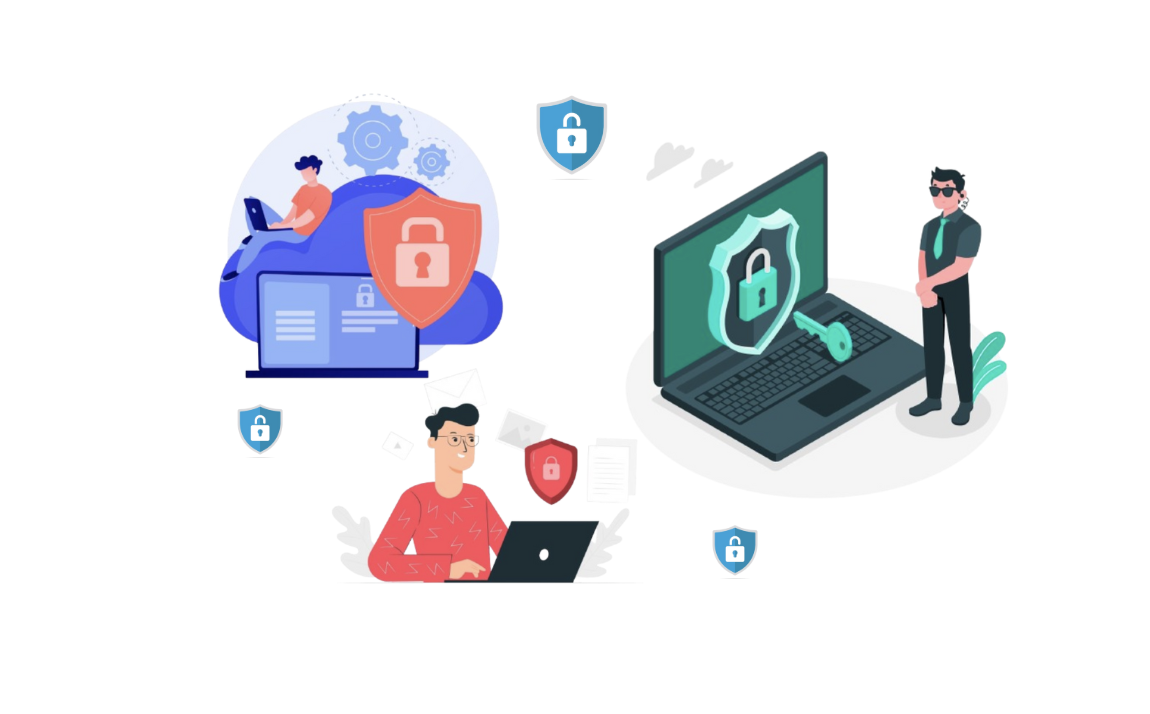
Cybersecurity Awareness for Employees
DecimalCourse Title
Cybersecurity Awareness for Employees
About This Course
Welcome to the "Cybersecurity Awareness for Employees" course, developed to foster a security-conscious culture within organizations by empowering employees with essential cybersecurity knowledge and practices. This course is designed for all staff members—regardless of technical background—who play a critical role in maintaining the organization's overall security posture. By focusing on real-world threats and practical safety behaviors, this course helps employees become the first line of defense against cyber attacks.
Through a series of interactive modules, you'll gain a clear understanding of the human element in cybersecurity and learn how to recognize phishing scams, use email and the internet safely, manage passwords securely, and respond to security incidents. You'll also explore foundational cybersecurity principles, best practices for remote work, and secure coding guidelines, making this course especially valuable for both general users and technical staff.
By the end of this course, you will be equipped with the awareness and tools necessary to protect sensitive information, recognize potential threats, and contribute to a secure work environment. Whether you're a new employee or a seasoned professional, this training will strengthen your role in upholding your organization’s cybersecurity.
Target Audience
All employees across departments, including non-technical and technical staff, responsible for maintaining cybersecurity awareness and best practices in the workplace.
Course Highlights
Introduction
- Welcome
- What to Expect
Module 1: Introduction to Cybersecurity Awareness
1.1 Understanding the Human Element in Cybersecurity
1.2 Why Security Awareness Matters
1.3 Overview of Common Cyber Threats
Module 2: Recognizing Phishing and Social Engineering Attacks
2.1 What is Phishing?
2.2 Common Signs of Phishing Emails
2.3 Examples and Simulated Scenarios
2.4 Reporting Phishing Incidents
Module 3: Safe Internet and Email Practices
3.1 Secure Browsing Habits
3.2 Email Safety Do’s and Don’ts
3.3 Avoiding Malicious Links and Attachments
3.4 Public Wi-Fi Risks and Protections
Module 4: Password Management and Multi-Factor Authentication (MFA)
4.1 Creating Strong Passwords
4.2 Secure Password Storage and Tools
4.3 How MFA Works
4.4 Enabling MFA on Common Platforms
Module 5: Cybersecurity Fundamentals for Employees
5.1 Key Cybersecurity Terminology
5.2 Threat Vectors in the Workplace
5.3 Protecting Work Devices and Data
5.4 Understanding Insider Threats
Module 6: Incident Response and Reporting
6.1 What is an Incident?
6.2 Steps to Take if You Suspect a Breach
6.3 Who to Notify and How
6.4 Role of Employees in Incident Response
Module 7: Best Practices for Organizational Security
7.1 Security Policies and Why They Matter
7.2 Safe Use of Collaboration Tools and Cloud Services
7.3 Role-Based Security Responsibilities
7.4 Staying Secure in a Remote Work Environment
Module 8: Secure Coding Guidelines
8.1 Introduction to Secure Coding
8.2 Common Coding Vulnerabilities and How to Avoid Them
8.3 Best Practices for Secure Application Development
8.4 Code Review and Static Analysis Tools
Module 9: Final Assessment and Certification
9.1 Course Recap and Key Takeaways
9.2 Interactive Knowledge Check
9.3 Completion Certificate
Format
Delivery method: Self-Paced
Types of materials included: Text-Based Content, Quizzes, Infographics
Assessment and Certification
Method of Assessment: Multiple Choice Questions
